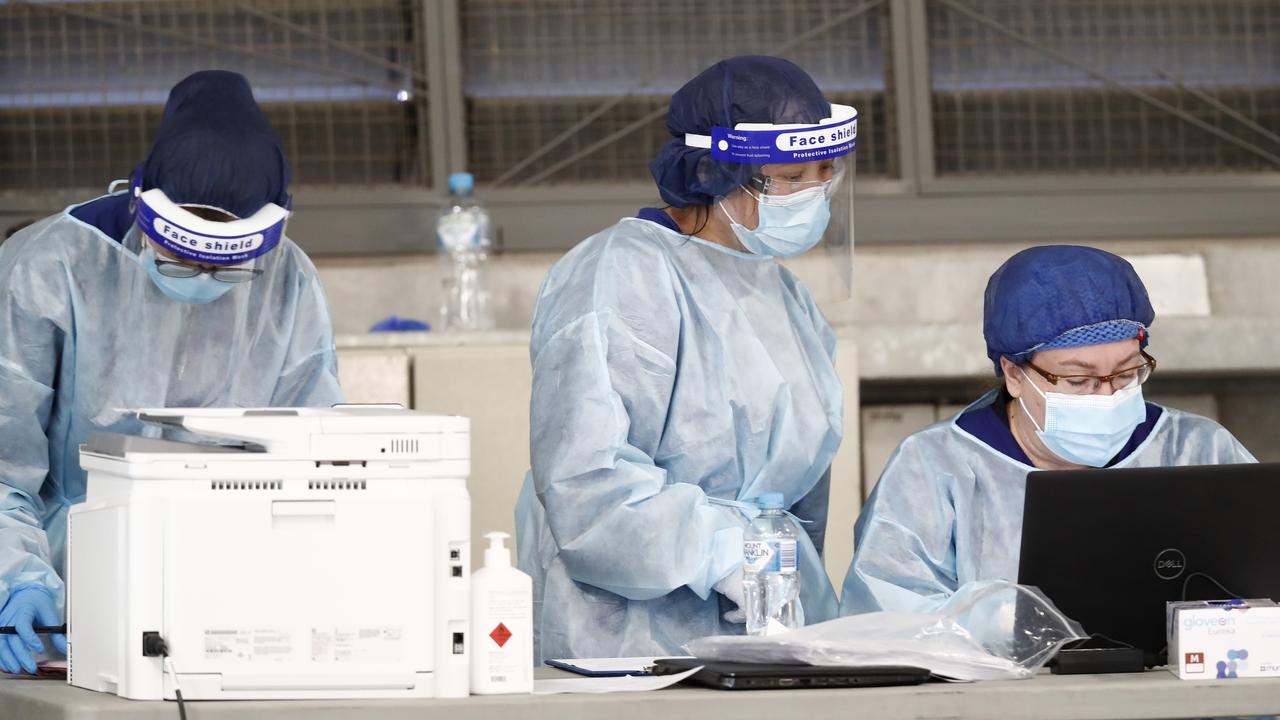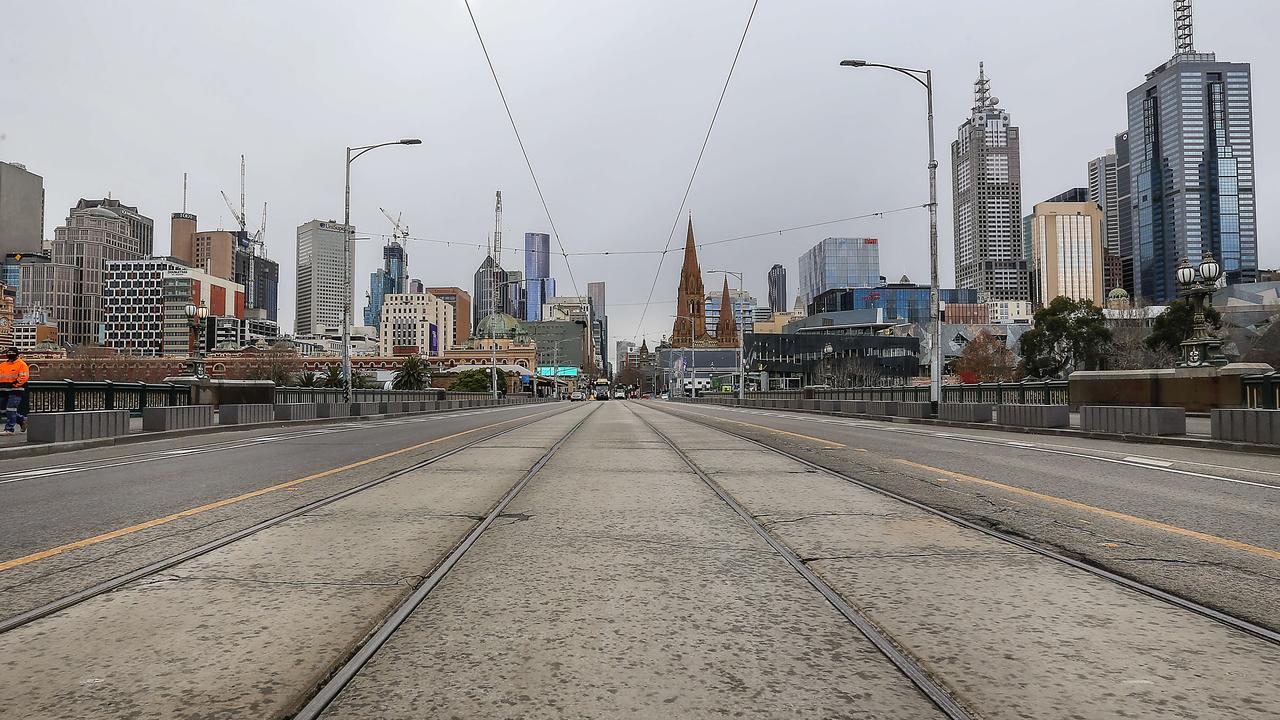Sally Capp: Why Melbourne is more liveable than ever
HATS off to Vienna for winning the world’s most liveable city title. I know Melburnians will be gracious in defeat, but also hell bent on clinching a win next time, writes Sally Capp.
Opinion
Don't miss out on the headlines from Opinion. Followed categories will be added to My News.
THERE’S no doubt that winning the world’s most liveable city title for seven years running will stand as a record for some time.
And, just like half the crowds leaving the MCG every weekend during the footy season, I know Melburnians will be gracious in defeat, but also hell bent on clinching a win next time around.
Yes, Vienna slipped ahead in the Economist Intelligence Unit’s liveability rankings with a wafer-thin 0.7 point advantage over Melbourne.
Hats off to them. But it’s important to remember that the figures show Melbourne is still more liveable than ever. Our score of 98.4 is the highest since our record-breaking run started.
IS THIS CITY REALLY MORE LIVEABLE THAN MELBOURNE?
MOZART SCHMOZART: WHAT’S SO SPECIAL ABOUT VIENNA?
LORD MAYOR REVEALS HER BEST/WORST OF MELBOURNE

But let’s not get too precious about the scoreboard. I am incredibly proud of our city so I’m encouraging all Melburnians to see handing over the title as the loss we had to have; an opportunity to focus on the challenges we face and to meet them with bold action.
The phenomenal growth of our city in recent years is testament to our liveability. It tells a powerful story of our success.
New residents and businesses, tourists, investors and students have descended on Melbourne, attracted by our strong economy, warm community spirit and exuberant street and cultural life.
Rapid population growth has increased congestion and put pressure on services and the public amenities residents and workers expect. By 2050 our city will double in size, so it’s important to maximise the benefits of good growth while minimising the pressure points.
Like sitting in a warm bath, some might say the seven-year liveable city stretch gave us a sense of ease. Stay in too long and we run the risk of resting on our laurels. Instead, let’s take this opportunity to reflect on what’s working and what can be improved.
How do we shape a city centre — originally designed by surveyor Robert Hoddle in 1837, long before cars arrived and when the population was about 3000 — to meet the needs of today and beyond? We can do this by taking action to tackle congestion, designing creative transport solutions and pushing for more affordable housing.

A quick look in any direction in the CBD will show you that intelligent urban planning and infrastructure projects are well underway in our city. I will continue to make sure the city works closely with the state and federal governments to get the best results for our community.
The Metro tunnel will ease commuter pain when completed. Building road, rail and cycling infrastructure and moving increasingly large numbers of pedestrians through our busy streets must be high priorities for all levels of government, based on what members of the public tell us they’re experiencing day-to-day.
We also need to create opportunities for new industries, new jobs and to nurture business growth. One thing is certain: a city as wonderful as ours was not created by travelling on autopilot. It was created over years of hard work, visionary thinking and difficult decisions, made by the leaders who came before me. It is essential that we continue in this spirit as our population booms and we ask more of our city every day.
In giving Melbourne the top honour seven years in a row, the Economist index recognised how far Melbourne has come. In the past 30 years Melbourne has been transformed and boasts a vibrant city centre used by about one million people each day.
Living in the city centre, surrounded by restaurants and bars, enchanting laneways, entertainment venues and much-loved Melbourne icons such as the Queen Victoria Market and State Library is the choice of thousands of residents from Millennials to retirees.

Now as we prepare for further growth, we need to remember those core principles of a city for people, by people. Large and sprawling cities do not always serve their communities well. Traffic congestion and social isolation can result. The City of Melbourne recognised those risks in a study titled Transforming Australian Cities.
This study showed that a doubling population could still be accommodated around Melbourne’s existing infrastructure such as railway stations and tram corridors.
It is at times like these, when we are nudged out of our comfort zone and take part in a bit of reflection that we should think and act boldly.
Incremental responses to the challenges we face will not cut it. As a city we must embrace a mindset to experiment, try new things, and yes, even make a few mistakes (and learn quickly from them) to be able to take some bold steps forward for our city with confidence.
I think of my own experience so far with my Green line concept for the CBD southwest corner — 2.5 hectares of open space similar to New York’s Highline Park. When talking with people about this idea, I find that while it fires up their imaginations, conversations quickly move to how difficult it will be to make it a reality.
But here’s the thing: We have the smarts and the experience to do just that — make difficult things happen. We’ve got a record run as the world’s most liveable city to prove it.
So, instead of asking ‘why?’ we should say ‘why not?’, and see how far we can push bold ideas needed for Melbourne. Our future success might even surprise the most optimistic among us.
— Sally Capp is the Lord Mayor of Melbourne.
HOW HOSIER LANE BECAME A STREET ART MECCA


